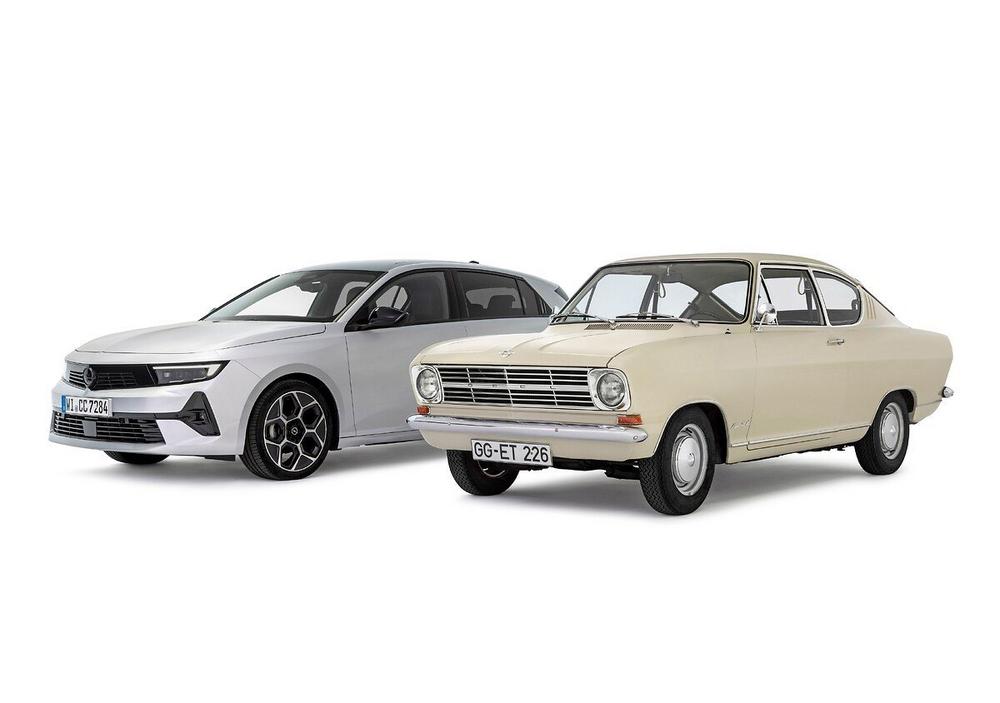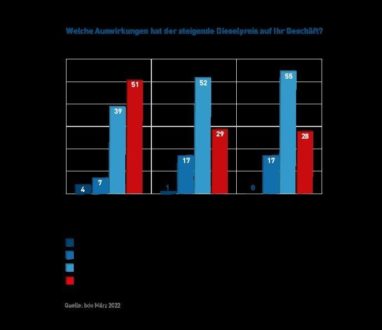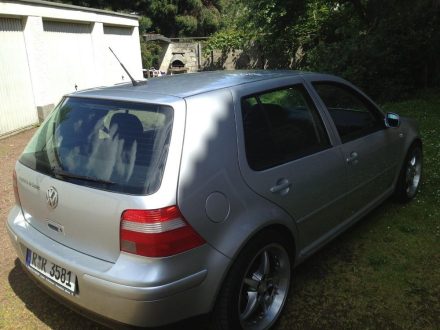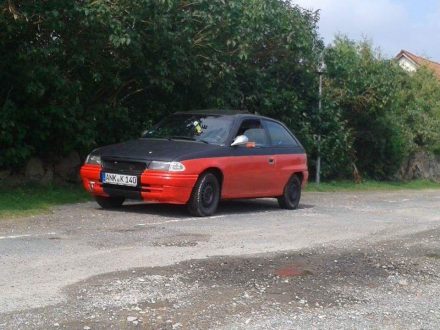
‘Opel Kadett. Das Auto’: Kadett B Celebrates Debut 60 Years Ago
- IAA 1965: Kadett B and the first Opel concept car, the Experimental GT, thrill experts and the public in Frankfurt am Main
- Flexible offer: With two or four doors, as a sedan, estate and ‘Gill Coupé’
- Serial winner: Rallye- Kadett celebrates numerous successes at home and abroad
- Electric pioneer: Hybrids and battery-electric cars based on Kadett B
- Future-proof compact class: Current Astra with currently largest drive selection
- IAA Mobility 2025: Sensational show car to continue Opel’s 60-year concept car tradition
Combined values for Opel Astra according to WLTP1: fuel consumption 5.0-6.0 l/100 km, CO2 emissions 127-135 g/km; CO2 label: D
Combined values for Opel Astra Hybrid 48V according to WLTP1: fuel consumption 4.9-5.0 l/100 km, CO2 emissions 109-112 g/km; CO2 label: C
Combined values for Opel Astra Plug-in Hybrid according to WLTP1: weighted energy consumption 12.7-17.7 kWh electricity/100 km plus 1.3-2.3 l gasoline/100 km; CO2 emissions 30-52 g/km; CO2 label B. Fuel consumption when the battery is empty 5.4-6.2 l/100 km; CO2 label D-E.
Combined values for Opel Astra Electric according to WLTP1: energy consumption 15.4-15.6 kWh/100 km, CO2 emissions 0 g/km; CO2 label: A
Just a few days ago, Opel teased the premiere of a sensational concept car for the IAA Mobility 2025. From 8 to 14 September, the Rüsselsheim-based brand Opel will thus continue a tradition that started in 1965 when Opel became the first European brand to present a concept car. 60 years ago, the Opel Experimental GT celebrated its world premiere together with the then new Kadett B at the IAA – at that time still in Frankfurt am Main. The two vehicles are inextricably linked, as the later production GT was technically based on the Kadett B. Shortly after its presentation in 1965, it became clear that the Kadett B perfectly captured the spirit of the times and would not only continue the success of the first generation, which had been launched only three years earlier, but would surpass it. In the following years, the Kadett B became Opel’s first million-seller. There are several reasons for this: variety and versatility for the whole family with sedan, estate and coupé, as well as sportiness with the legendary Rallye-Kadett.
The decades of success in the compact class, which Opel established with the Kadett A and B in the 1960s, are continued today by the current Astra generation. It also focuses on variety for every taste and every purpose – as a sporty, elegant hatchback as well as a flexible Sports Tourer estate. In addition, there are numerous innovative technologies and comfort features such as the ergonomic Intelli-Seats, which customers normally only expect in higher vehicle classes. And the latest generation of the Astra offers a choice of powertrains like no other Opel model at present – the portfolio ranges from efficient combustion engines to a wide electrified range such as plug-in hybrids and hybrids with 48-volt technology to the all-electric, locally emissions-free Astra Electric.
Basis for long-term success: Three years after the Kadett A, the Kadett B is launched
In 1962, Opel laid the foundation for the success story of its compact-class models with the first post-war Kadett, the Kadett A. With a large boot, space for four people, a new high-revving engine and low maintenance costs, the Kadett A quickly convinced buyers. But the Opel leadership was already looking to the future and the next Kadett generation followed just three years later. The successor was available in four body variants right from the market launch: as a two- or four-door sedan, as a three-door caravan estate and as a stylishly designed coupé. The highlight: While a maximum of four people fitted into the predecessor, the Kadett was officially registered as a five-seater for the first time in 1965 with its sedan variants. In addition, the Kadett grew in length by 18 centimetres taking its length above the four-metre mark. The wheelbase and vehicle width also increased. This largely benefitted the interior, but the luggage compartment also grew by 12 percent to 337 litres according to VDA standards. And the estate offered a 1.57-metre-long loading area with the rear seats folded down.
The experts were thrilled – not only at the world premiere during the IAA: the Kadett B offered more body variants than before, and it was also more comfortable, spacious, safer and more powerful – and all this at an additional cost of just 100 Deutsch Mark! The advertising slogans with which Opel advertised the Kadett fitted in with this: Sentences such as ‘Opel Kadett – In short O.K.’ or ‘Opel Kadett. Das Auto’ perfectly reflected the perception of the customers.
Elegance meets sportiness: ‘Gill Coupé’ and serial winner Rallye-Kadett
The fact that the Kadett was not only practical, but also extremely desirable was shown by the Opel designers once more with a stunning coupé. This was inspired by the fastback models from the USA: a gently sloping rear gave the coupé a dynamic line and promised speed. The three air vents in the B-pillar went down in the annals of automotive history: they soon gave the attractive two-door car the nickname ‘Gill Coupé’. Today, this Kadett variant is particularly sought after by collectors.
Elsewhere, the Rallye-Kadett became an achievable object of desire for many car enthusiasts and motorsport fans. With it, Opel occupied the niche of affordable compact sports cars. The coupé, which was visually striking with a matt black bonnet and decorative stripes, was initially available with a 44 kW (60 hp) two-carburettor version of the 1.1-litre engine available for all variants, and from 1967 even with a 1.9-litre unit. The 66 kW (90 hp) engine accelerated the coupé to 170 km/h, and a sporty chassis provided additional safety. With its sporty equipment and excellent driving performance, the Rallye-Kadett thus offered an excellent basis for popular sport. Incidentally, the matt black bonnet was not a design gimmick but prevented the driver from being dazzled in strong sunlight – an experience that had its origins in rallying at the time. The special paint job quickly became the trademark of the Rallye-Kadett.
At home and abroad, the Rallye-Kadett grabbed the headlines with numerous successes on all tracks. The list of victories grew and grew: the equally reliable and inexpensive sports car celebrated successes at the Stuttgart-Lyon-Charbonnières Rally, the Hesse Rally, the Trifels Rally and the Tour de Luxembourg. Opel tuner Günther Irmscher won the Tour d’Europe in 1967. In the same year, the Kadett celebrated its greatest success to date: the Lambart/Vogt team won its class at the Monte Carlo Rally. The statistics for 1968 prove how popular and successful the Rallye-Kadett was: in a total of 238 events, this model accounted for 222 class victories as well as 345 gold and 287 silver medals.
For individualists: The elegant brother of the Opel Kadett is called Olympia
In September 1967, the Olympia A became the premium variant based on the Kadett B, with which Opel closed the gap to the Rekord and once again became a pioneer in terms of niche vehicles. "The Olympia is the logical application of the successful Kadett concept upwards," the Opel press materials of the time announced, "with equally compact exterior dimensions, the Olympia convinces with high performance and exceptional equipment and driving comfort." The upgraded equipment of the luxurious compact car – which was available with 44, 55 and 66 kW (60, 75 and 90 hp) – included special studded carpets and an upholstered dashboard "with fine-wood character". A modified radiator grille with chrome strips drawn around the fenders, rectangular front headlights and larger rear side windows represented the visual enhancements to the exterior.
Wonderful variety: Eight body styles, four engine sizes plus electric drives
The Olympia was available in three hatchback versions at the time, while its sister model, the Kadett, boasted an impressive eight body styles by the end of its production: it came as a two and four-door notchback sedan, a two-door ‘Gill’ Coupé, a three- and five-door estate, a two and four-door ‘LS’ hatchback sedan, and a two-door ‘LS’ coupé. Elsewhere, the Kadett B series was powered by already proven longitudinally mounted inline four-cylinder engines in four displacement sizes (1.1 litre, 1.2 litre, 1.7 litre, and 1.9 litre).
Additionally, the Kadett B was a true electric pioneer, as the first Opel vehicles with electric drive – the ‘Stir-Lec I’ hybrid test car (1969) and the all-electric Kadett XEP (1970) – were also based on this successful model.
In July 1973, the Kadett B’s incomparable career came to an end – as a true ‘world car’ that was sold in more than 120 countries around the globe. The successor was already in the starting blocks. At the same time, the Kadett B had not only erected a monument to itself, but had also paved the way for success for the Opel GT by providing the technical platform. More exciting information about the world premiere of the legendary sports coupé and the IAA history of the Opel concept cars will follow shortly …
[1] A vehicle’s values not only depend on the vehicle’s efficient use of fuel, but are also influenced by driving behaviour and other non-technical factors.
Opel is one of the largest European car manufacturers and started building automobiles in Germany in 1899. Opel is part of Stellantis NV and is the first German brand to already offer all models with a fully electric drive based on its multi-energy platforms. The company thus gives its customers the freedom to decide for themselves how they want to travel and ensures that the future mobility demands of customers are met. Opel and its British sister brand Vauxhall stand for affordable mobility and are represented in more than 60 countries.
Visit https://int-media.opel.com
Opel Automobile GmbH
Bahnhofsplatz 1
65423 Rüsselsheim
Telefon: +49 (6142) 7-70
Telefax: +49 (6142) 77-8409
http://de-media.opel.com/de
Communications, Manager International Product
Telefon: +49 (6142) 69-22084
E-Mail: colin.yong@stellantis.com
![]()





